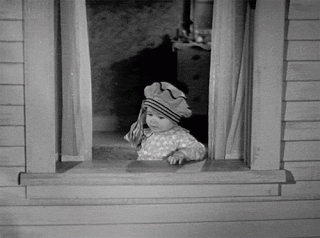- Joined
- Mar 3, 2018
- Messages
- 1,713
According to a report from OLED-info.com, desktop OLED displays are coming relatively soon. Japan OLED, a joint venture between Sony, Panasonic and Japan Display Inc (which itself is a joint venture between Sony, Toshiba, and Hitachi), showed off some monitor-sized, printed OLED displays. Among them was a 21.6" 4K panel bound for the Asus ProArt PQ22UC, and a 21.6" 1920x1080 "eSports" monitor. They also showed off a 55" TV that isn't destined for production, but claim that is covers 100% of the DCI-P3 spectrum and has a 120hz refresh rate. Thanks to gan7114 for the tip.
JOLED also demonstrates a larger 27" 4K panels (164 PPI) that they see being adopted in smart home applications. Finally JOLED demonstrated one of its flexible OLEDs wrapped around a column. This is a 21.6" 4K (204 PPI) AMOLED that has a curvature radius of 60 mm. In December 2017 JOLED started commercial low-volume production of its 21.6" 4K OLED panels, at the company's pilot 4.5-Gen line. JOLED has announced plans for a mass production 5.5-Gen line that will be established in Nomi City, Ishikawa Prefecture, by 2020.
JOLED also demonstrates a larger 27" 4K panels (164 PPI) that they see being adopted in smart home applications. Finally JOLED demonstrated one of its flexible OLEDs wrapped around a column. This is a 21.6" 4K (204 PPI) AMOLED that has a curvature radius of 60 mm. In December 2017 JOLED started commercial low-volume production of its 21.6" 4K OLED panels, at the company's pilot 4.5-Gen line. JOLED has announced plans for a mass production 5.5-Gen line that will be established in Nomi City, Ishikawa Prefecture, by 2020.
![[H]ard|Forum](/styles/hardforum/xenforo/logo_dark.png)
